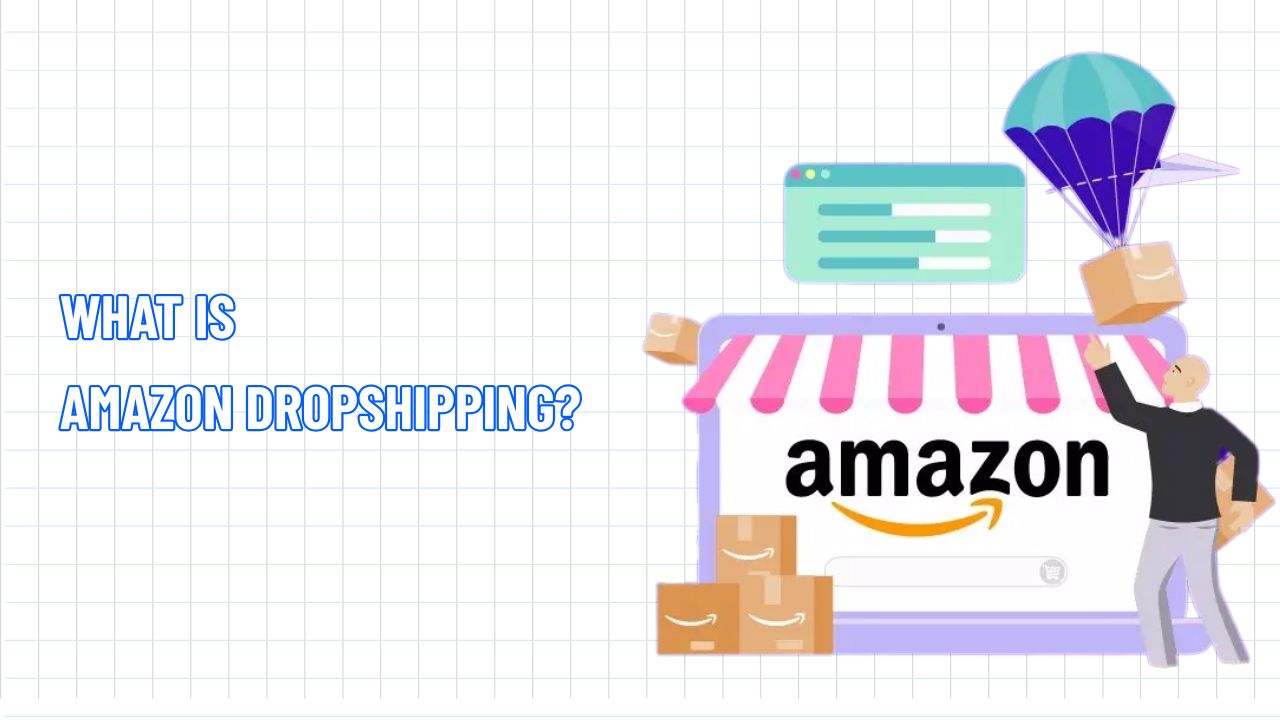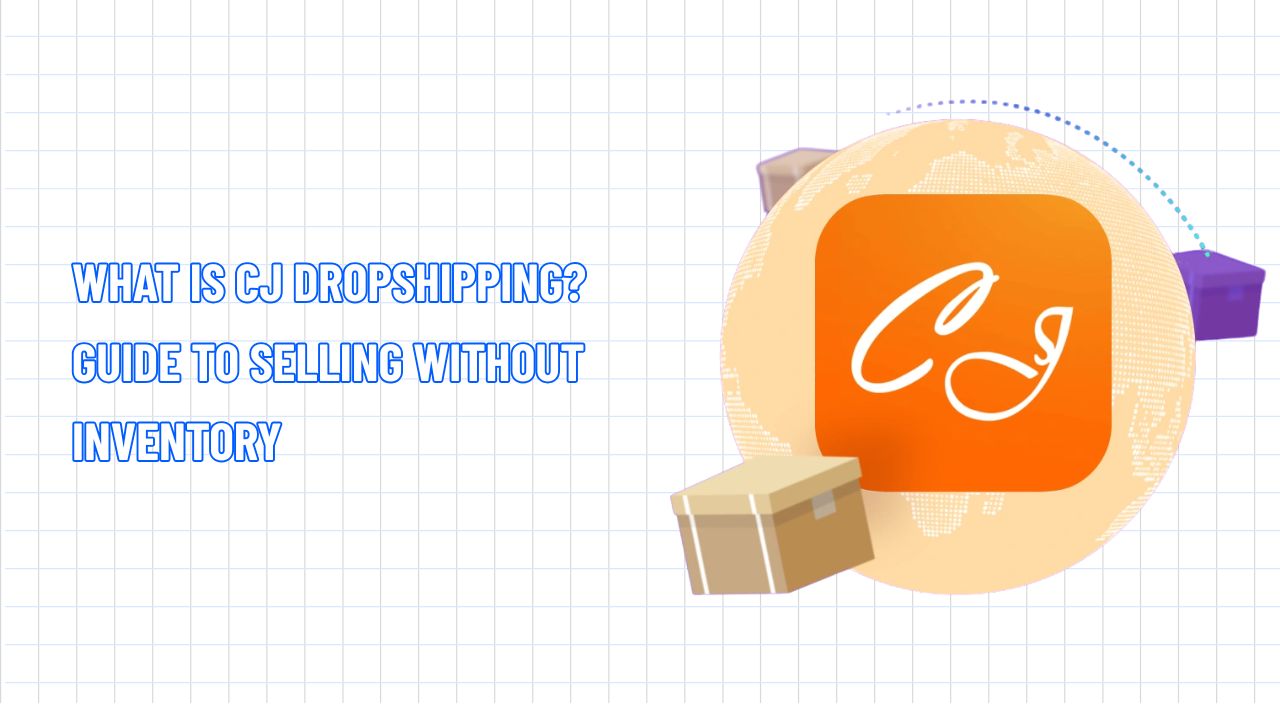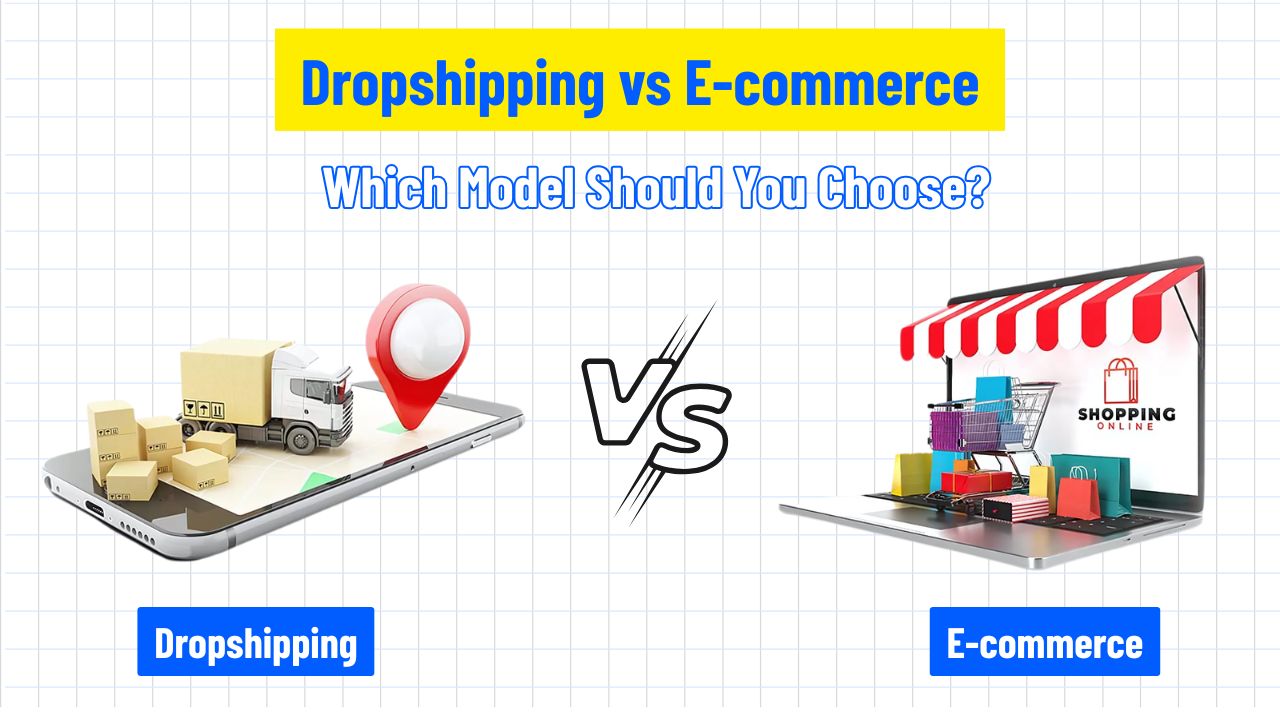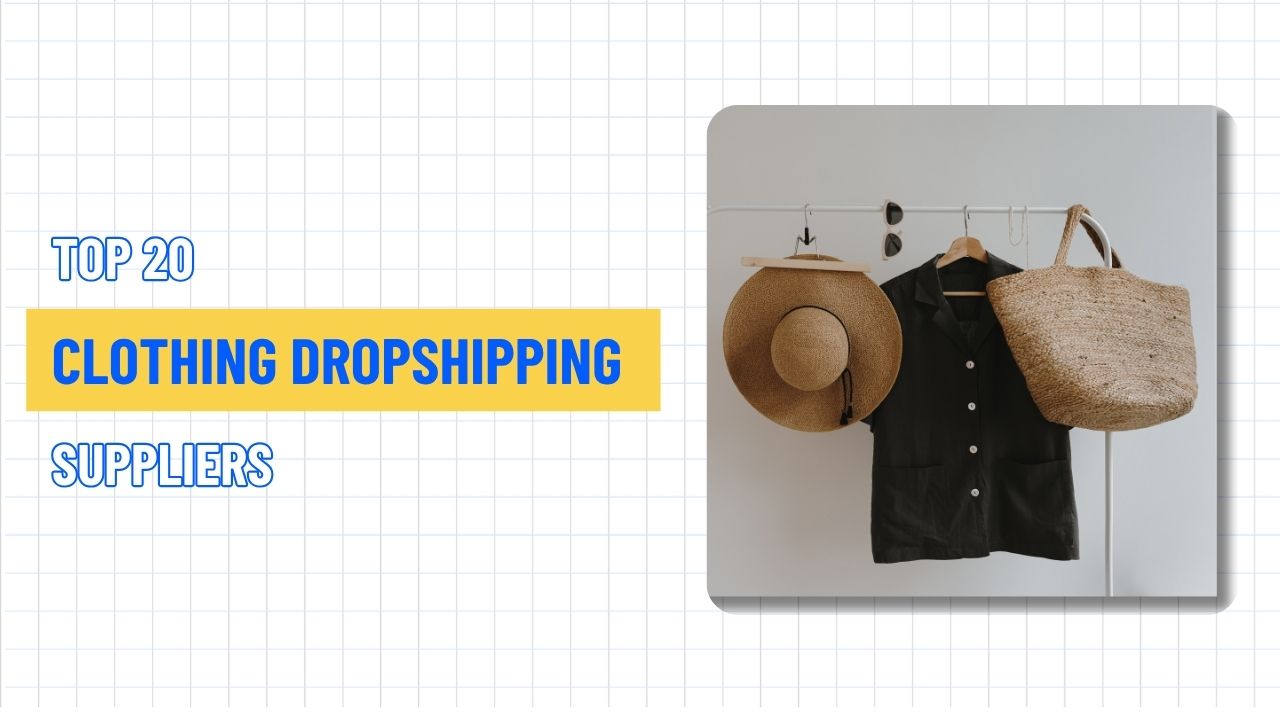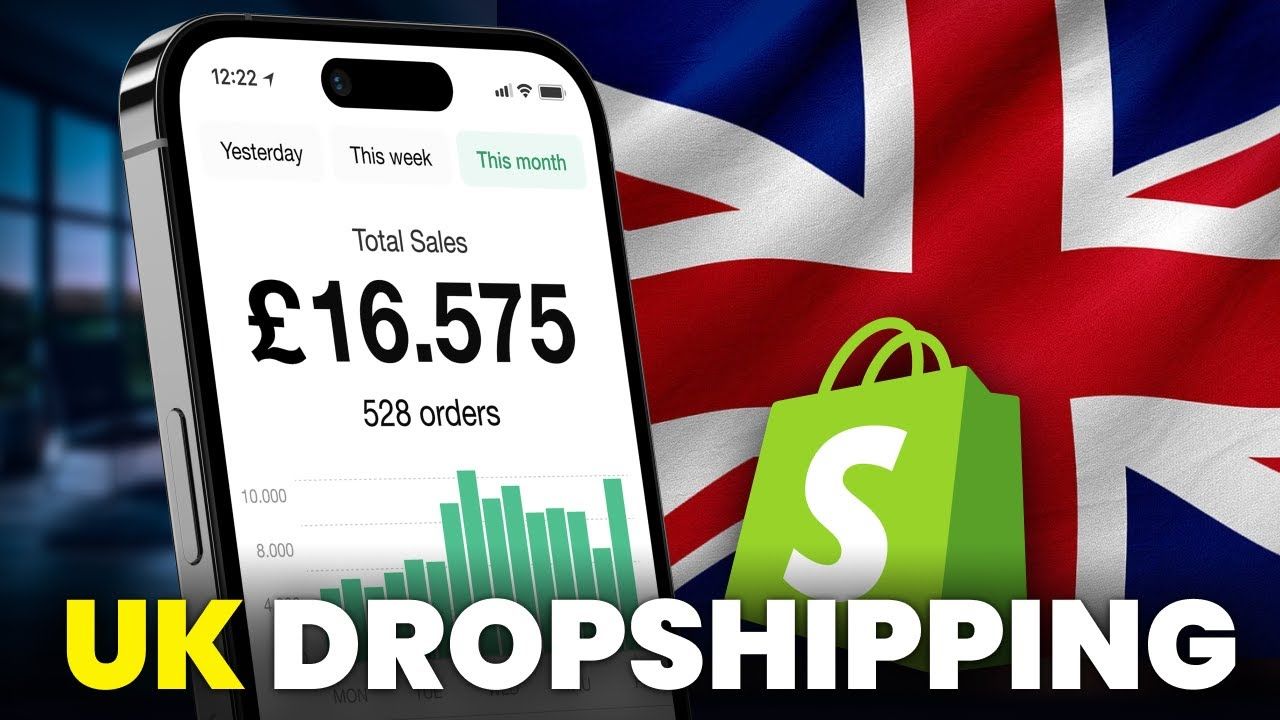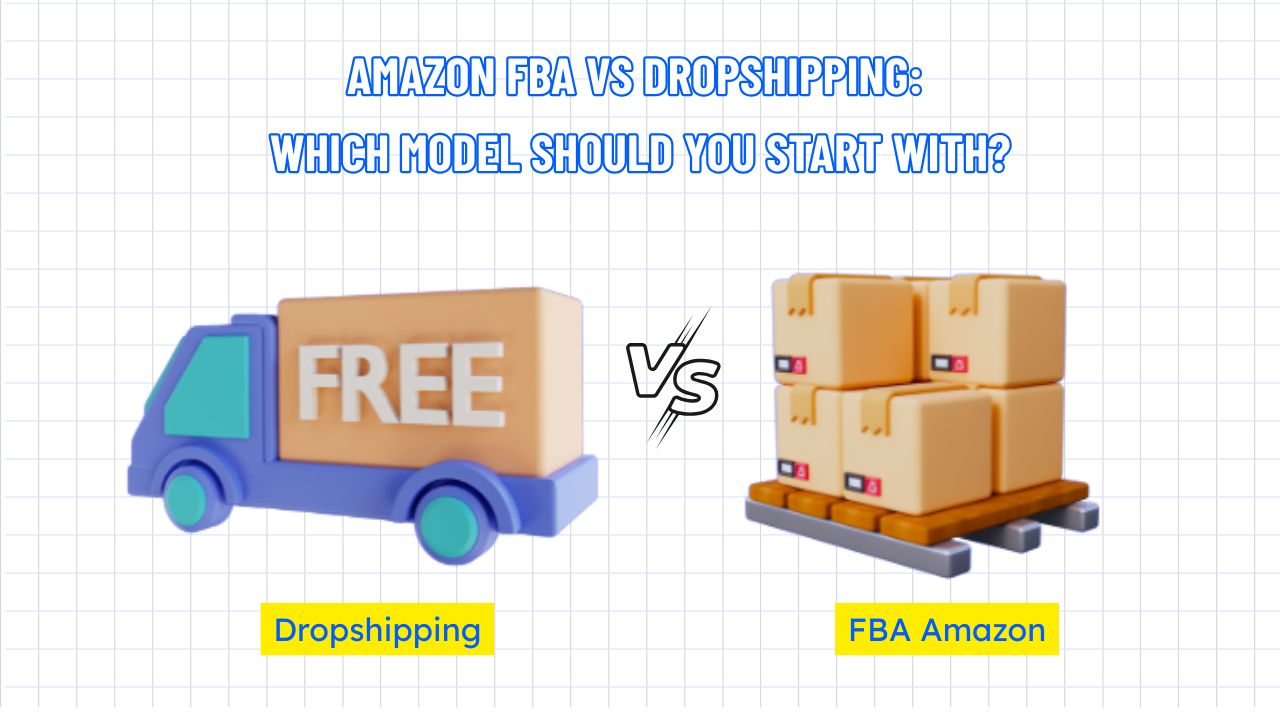Dropshipping Taxes 2025: What You Must Know to Stay Profitable
Table of Contents Hide
Dropshipping is an attractive e-commerce business model with a low barrier to entry, but dealing with tax obligations can be a headache if you don't understand it. In this article, NextSky will provide detailed instructions on dropshipping taxes, helping you manage your finances effectively in 2025.

Do dropshippers need to pay taxes?
One of the common questions for beginners is: Do I have to pay taxes when doing dropshipping?” The answer is yes. Whether doing business directly or online, any income-generating activity must be declared and taxed according to regulations.
As a dropshipping business owner, you must comply with tax laws to ensure transparency, legality, and maintain your reputation. Depending on your country and business model, you may be required to pay various taxes. Here are some important notes that you should not ignore.
- Many countries do not require tax registration if you only sell retail to friends or relatives.
- But if you sell through platforms like Shopify, Amazon, Etsy, TikTok, Facebook Ads, etc., even if you don't make a profit, your activities are still considered official business.
- Even if you are not yet profitable, you should still register for a tax code and maintain regular reporting. This helps you create clear financial records and avoid problems when expanding or being audited by tax authorities.
Read more: What is Dropshipping? Everything You Need to Know in 2025
What taxes apply to dropshipping?
Federal income tax
Dropshippers are required to pay federal income tax on their profits, just like any other business owner. Suppose you are classified as a self-employed individual. In that case, you will also be subject to self-employment taxes, including Social Security and Medicare contributions, depending on your business structure, such as sole proprietorship, partnership, or corporation.
Sales tax
Sales tax is a tax on sales and varies from state to state. Some states require out-of-state dropshippers to collect and remit tax, while others do not. With dropshipping, you need to pay special attention to the tax regulations in your state, suppliers, and customers, as this will directly impact your tax liability.
Source Tax in Dropshipping
The sales tax is the tax you pay the supplier when you buy a product, usually around 10% of the original price. For example, on a $10 product, you will pay $11 if the sales tax rate is 10%. So always factor the sales tax into your costs to ensure an accurate profit margin.
Import duties and customs
For dropshippers working with foreign suppliers, import tax and customs are factors that cannot be ignored. Tax rates can range from 0–37% depending on the type of goods and exporting country, with the average rate being around 5%. Therefore, you must equip yourself with tax knowledge to be more proactive in controlling costs, avoiding legal risks, and ensuring business operations.
Read more: Is Dropshipping Legal? A Compilation Of Laws You Need To Know
When does a dropshipping business need to charge sales tax?
-
Sales Tax Nexus: You must collect sales tax in states with “tax nexus,” such as a physical presence (like a warehouse or office) or meet a sales threshold of $100,000 yearly. If you sell through Amazon or eBay, these platforms typically collect and remit sales tax on your behalf, according to state regulations.
-
Register and collect sales tax: Next, register for a sales tax identification number there. Once licensed, you must collect the correct tax when customers pay and remit it to the tax authorities as required. To simplify the process, use a tool like Shopify Tax to automatically calculate taxes for each locality and update promptly when tax laws change.
How Much Tax Do You Pay in a Dropshipping Business?
There is no set number for dropshipping taxes, as the amount you pay depends on your income, where you live, and where your goods are shipped. However, here are some ordinary taxes and their estimated ranges:
|
Tax Type |
Estimated range |
|
Federal income tax |
10% – 37% |
|
Sales tax |
0% – 11% |
|
Customs duties |
0% – 37,5% |
- Income Tax: If you live in the United States, federal income tax ranges from 10% to 37%, depending on income and state. Check your state's income tax rates if you live in another country.
- Sales tax: Applies when you have a "nexus" (business connection) in the US state where the customer resides. This tax rate varies from 0% to 11% depending on the state. International sellers without a US nexus are generally not required to collect sales tax.
- Customs duty: Ranging from 0% to 37.5%, depending on the type of goods, size, weight, and regulations of the importing country. Please check each country's customs policy carefully before selling.
- Source tax (if any): Some suppliers may charge an additional tax of about 10% on the product's original price.
Since dropshipping taxes can be complex and vary by region, it's best to consult a professional accountant to ensure proper compliance.
How to calculate and pay taxes when doing dropshipping
When running a dropshipping business, you must understand how to collect and pay sales tax (Sales Tax/VAT) and income tax. Depending on the platform and region, the handling may vary:
Taxes on platforms
- Shopify: You must enable tax collection, set up a region with Nexus, and pay taxes manually or through a third party.
- Amazon & Etsy: Platforms collect and remit taxes for you in some countries/states by law.
- TikTok Shop: Automatically deduct VAT or taxes according to country regulations (e.g., Vietnam deducts at source).
Support tools
- TaxJar, Avalara: Automatically calculate and report global Sales Tax/VAT.
- Shopify Tax: Available in the advanced plan, it helps calculate correct taxes by region.
- Integrated accounting: Use additional software like QuickBooks, Xero to track income and expenses and report taxes.
Basic process:
No matter where you do business, the steps to filing taxes typically include:
- Register for a tax identification number (EIN, VAT ID, ABN…)
- Enable tax collection on the platform (if needed).
- Summary of invoices, revenue, and expenses.
- Submit periodic returns and taxes via online systems (IRS, ATO, HMRC…)
Commonly used forms:
- US: Schedule C, 1099‑K.
- Canada: GST34.
- EU: VAT Return (as IOSS/OSS).
- Astralia: BAS (Business Activity Statement).
How to effectively reduce or exempt taxes?
While it’s not possible to completely avoid paying taxes, there are many legal ways to reduce your tax liability or get tax exemptions in certain cases. Here are some common best practices in the dropshipping industry:
Tax Exemption Certificate
If you purchase goods from a supplier for resale, you can apply for or be granted a sales tax exemption certificate. This helps you avoid paying Sales Tax at the purchase stage, but you still have to collect and remit it when selling to customers (if required). However, this method only applies to B2B models in the US or states with tax exemption policies.
Cross-border sales tax exemption
In international transactions, VAT or import duties are usually borne by the buyer. If you do not have a domestic warehouse in that country, you are usually not required to collect and remit output tax as
- Selling from China to the EU: Use IOSS to collect VAT once at checkout, no need to pay again at the border.
- Shipping from a US/EU warehouse: You may be exempt from import duties (if paid in advance) and only have to deal with domestic Sales Tax/VAT.
Deduct expenses to reduce income tax
You can legally reduce your taxable income by claiming valid business expenses such as advertising, platform fees, outsourcing services, software, shipping, returns, warehousing, etc. The more accurate and complete you are, the lower the income tax you have to pay.
However, you also need to pay attention to the following to avoid risks related to litigation or business bans, such as intentionally declaring a false address, hiding revenue, or declaring invalid expenses to evade taxes. So, be transparent from the beginning to build a sustainable dropshipping model.



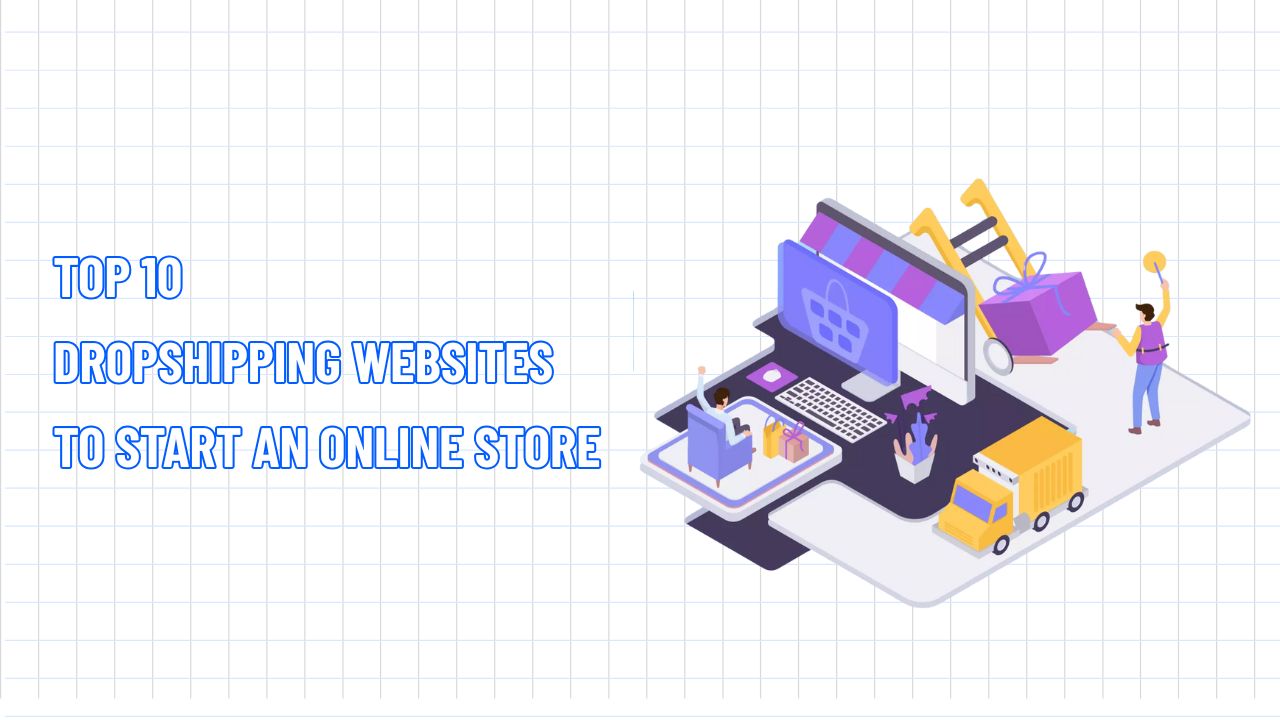
![[2025] AliExpress Dropshipping: A-Z Guide for Beginners](http://nextsky.co/cdn/shop/articles/aliexpress-dropshipping_68a937c9-3a8c-460e-b6a7-a9182d5fc4a2.jpg?v=1751219977&width=1280)
